
This great video by CAST explains the principals of UDL perfectly. Their website offers so many resources to make education accesible to all learners.
Universal Design for Learning (UDL) is a framework that addresses the primary barrier to fostering expert learners within instructional environments: inflexible, “one-size-fits-all” curricula. It is inflexible curricula that raise unintentional barriers to learning. Learners who are “in the margins”, such as learners who are gifted and talented or have disabilities, are particularly vulnerable. However, even learners who are identified as “average” may not have their learning needs met due to poor curricular design.
In learning environments, such as schools and universities, individual variability is the norm, not the exception. When curricula are designed to meet the needs of an imaginary “average”, they do not address the reality learner variability. They fail to provide all individuals with fair and equal opportunities to learn by excluding learners with different abilities, backgrounds, and motivations who do not meet the illusive criteria for “average”.
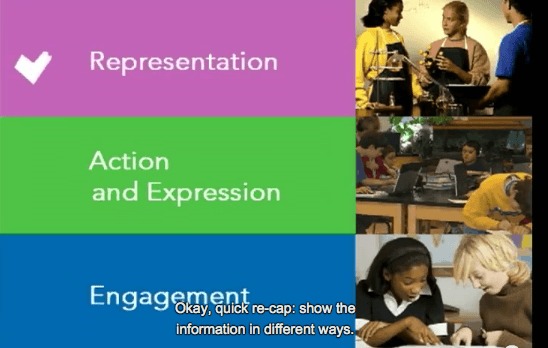
Always Keep in Mind the Learning Goal and Keep the Challenge Where It Belongs
UDL helps address learner variability by suggesting flexible goals, methods, materials, and assessments that empower educators to meet these varied needs. Curricula that is created using UDL is designed from the outset to meet the needs of all learners, making costly, time-consuming, and after-the-fact changes unnecessary. The UDL framework encourages creating flexible designs from the start that have customizable options, which allow all learners to progress from where they are and not where we would have imagined them to be. The options for accomplishing this are varied and robust enough to provide effective instruction to all learners.

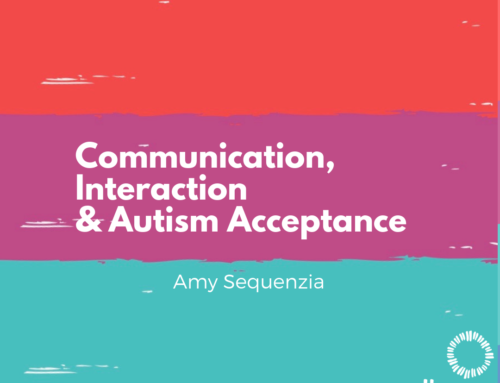
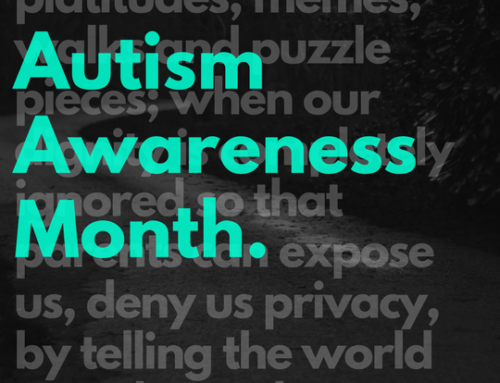

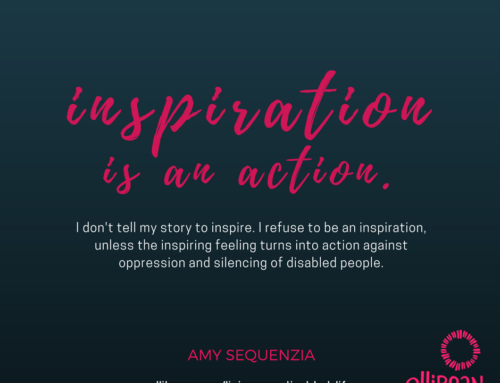
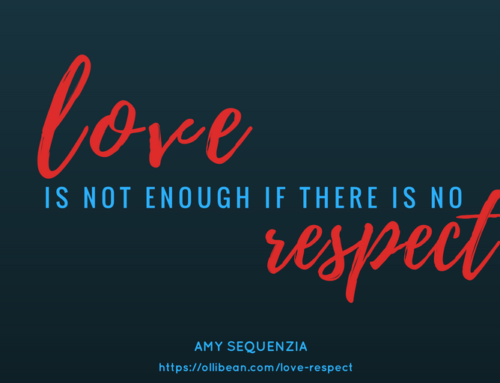
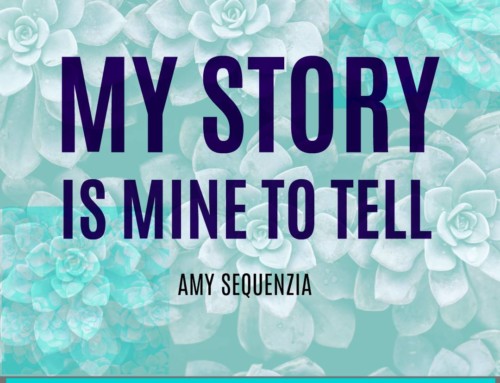
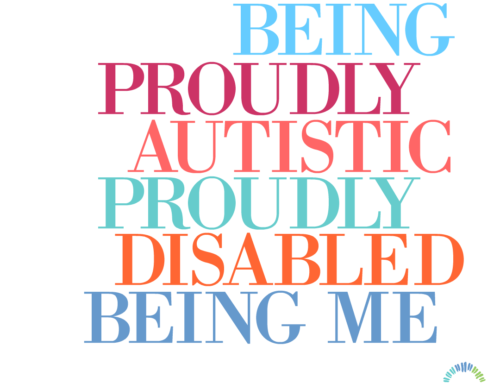
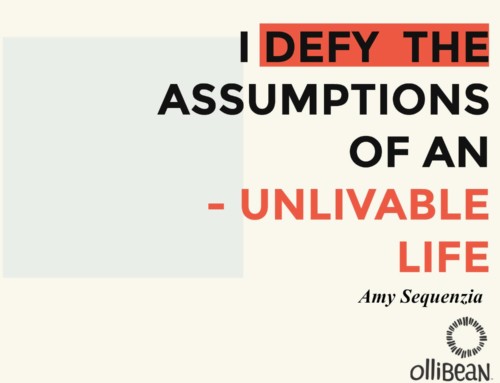
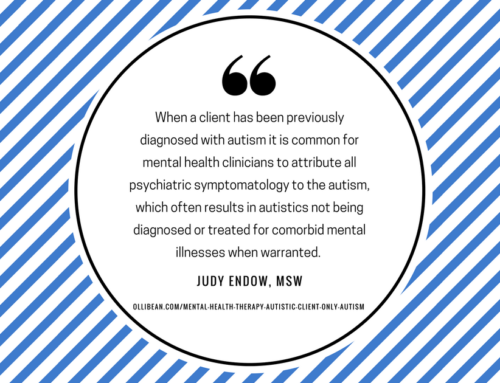


Leave A Comment